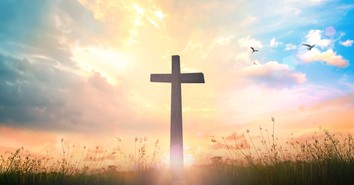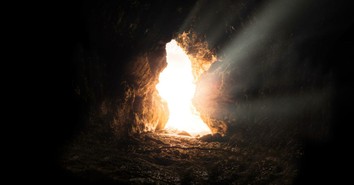The Other Boleyn Girl Soaps Up History

DVD Release Date: June 10, 2008
Theatrical Release Date: February 29, 2008
Rating: PG-13 (for mature thematic elements, sexual content and some violent images)
Genre: Drama
Run Time: 115 min.
Director: Justin Chadwick
Actors: Scarlett Johansson, Natalie Portman, Eric Bana, Mark Rylance, Kristin Scott Thomas, David Morrissey, Ana Torrent
Screenwriter Peter Morgan is still basking in the glow of a great 2006. That was the year he was nominated for an Oscar for his original screenplay, The Queen, and saw Helen Mirren win the Best Actress Oscar for her title role in that movie,” demonstrating Morgan’s ability to bring viewers an inside look at royal intrigue, the subtle shadings of powerful relationships and the public’s interest in the monarchy. (Morgan also co-wrote, The Last Kind of Scotland, which won an Oscar for Forest Whitaker’s performance as Idi Amin the same year Mirren took home her statuette.)
With his latest screenplay for The Other Boleyn Girl, Morgan squanders the goodwill he built up with The Queen. In every area where The Queen succeeded—historical intrigue, compelling performances and a tight narrative—Girl fails. It’s overlong and yet still has next to no time for decisions of huge historical impact. Instead, it is essentially a three-character drama about lust. Morgan’s only possible excuse for his role in the final product is that he’s adapting someone else’s work—a novel by Phillipa Gregory—but Girl is a failure of storytelling that bears the fingerprints of its adapter.
Natalie Portman and Scarlett Johansson star as sisters Anne and Mary Boleyn, respectively, fighting over the affections of King Henry VIII (a one-note Eric Bana). The girls’ well-connected uncle (David Morrissey) informs the girls’ parents that Queen Catherine cannot give Henry a male heir to the throne, so he hatches a plot to turn Henry’s affections toward Anne. Her father’s (Mark Rylance) forthright approval of the plan pushes Anne to overcome her initial reluctance.
Things don’t work out as hoped. Anne’s playful flirting leads to an injury for Henry, who, while recovering under the care of Mary, falls hard for her. Anne is sent away, in shame, as Henry turns his full romantic attentions toward the other Boleyn sister. He invites her to be a lady-in-waiting to Queen Catherine—an affront to the queen, who understands what this means but cannot control her husband. Will Mary be able to give Henry the male offspring, albeit an illegitimate one, he so desperately desires?
Although the import of male lineage is discussed throughout The Other Boleyn Girl, Bana’s Henry is driven primarily by lust, not concern for his country or legacy (others worry about those things for him). Anne’s hatred of her sister leads her to dramatic acts of betrayal and to disregard for the consequences of Henry’s decision to divorce Catherine. The country’s break with Rome and the formation of the Church of England is almost an afterthought in The Other Boleyn Girl—a pesky necessity to be gotten out of the way so we can get back to the sexual one-upmanship and the grisly outcome of Anne’s conniving.
The story’s sole moral anchor is Kristin Scott-Thomas as Lady Elizabeth, the mother of the two girls, who can’t believe her husband would sell his daughters’ virtue for the hope of economic security and personal privilege. “When was it that people stopped thinking of ambition as a sin and starting thinking of it as a virtue?” she asks, mortified but unable to dissuade her husband from his plotting. “God … turned His back on this long ago,” she says of her family’s situation.
However, the film has little more to say about religion, other than to allow certain characters, at death’s doorstep, to speak a few final words about their Creator. The Other Boleyn Girl is nothing more than a soap opera that accentuates immorality, embellishes facts and celebrates its deviations from the historical record. Why the true story behind Anne Boleyn wasn’t deemed interesting enough to justify its own film, while this sordid saga was, is a more interesting subject to ponder than anything in The Other Boleyn Girl.
Questions? Comments? Contact the writer at crosswalkchristian@earthlink.net.
CAUTIONS:
- Language/Profanity: An exclamation of “By God!” and a few misuses of God’s name; “piss pot”; some sexual come-ons and references to “whores” and to “whoring.”
- Drugs/Alcohol: Wine consumption.
- Sex/Nudity: King Henry is shown taking his shirt off, then bedding Mary more than once; later, he rapes Anne; discussion of “degrading” sexual acts, without elaboration; bare back of a woman as she bathes; an act of incest is halted before it can be carried out.
- Violence: The fatal blows of beheadings are shown, cutting away just as the blade makes contact with the necks; a headless corpse, with a pool of blood, is shown from a high angle.
Originally published March 03, 2008.





